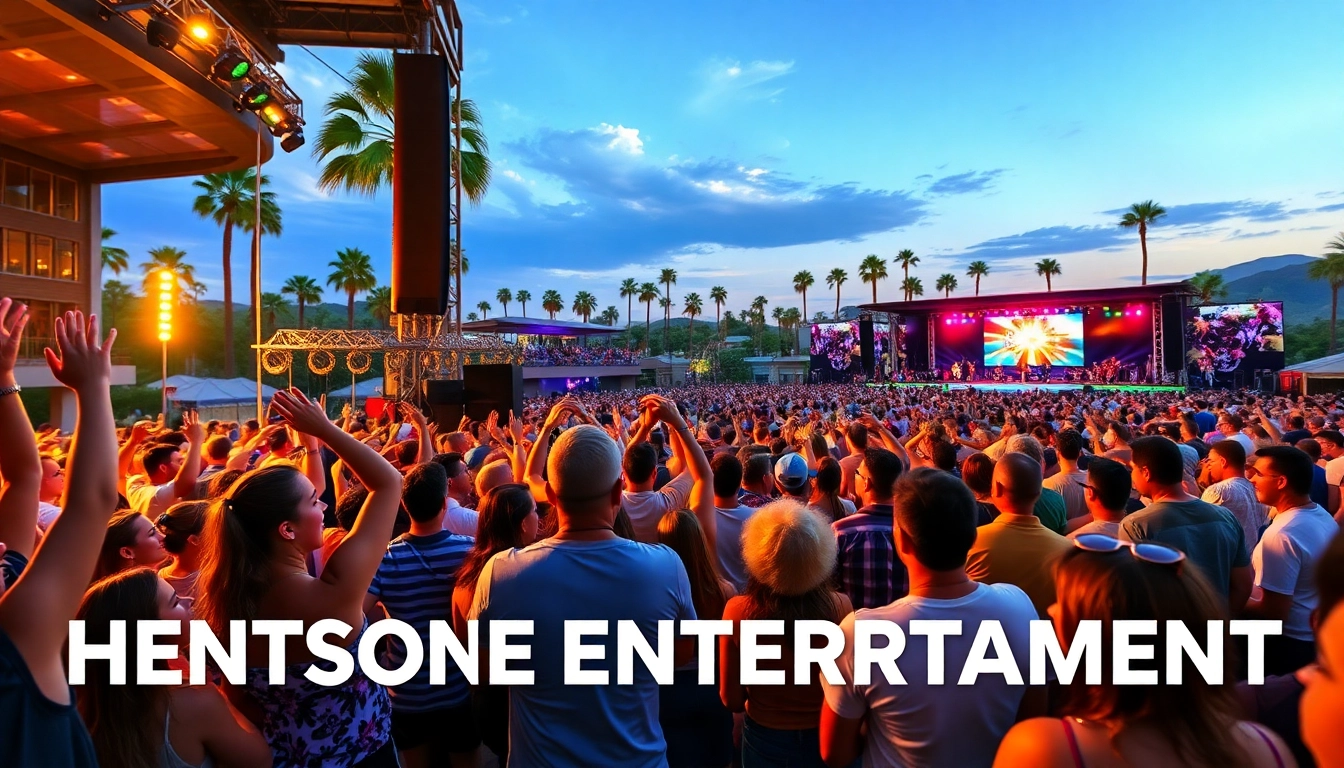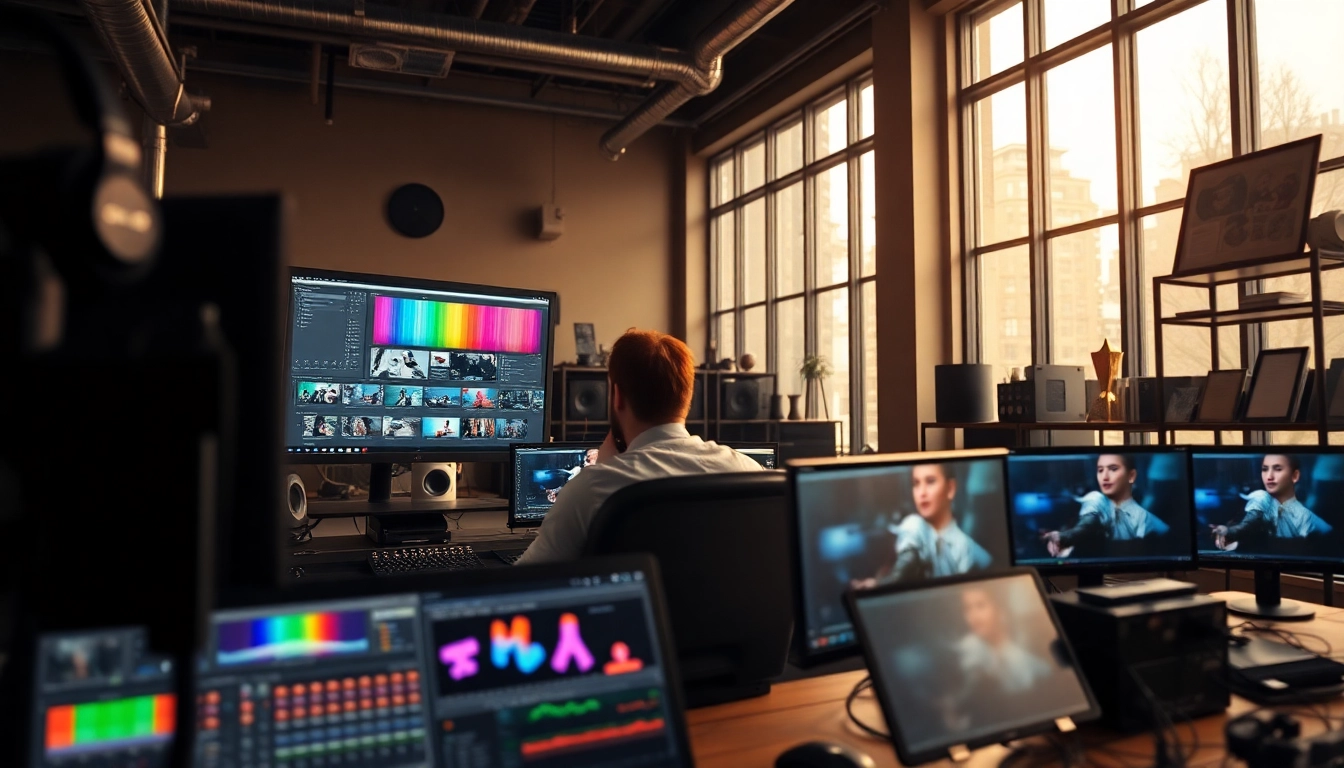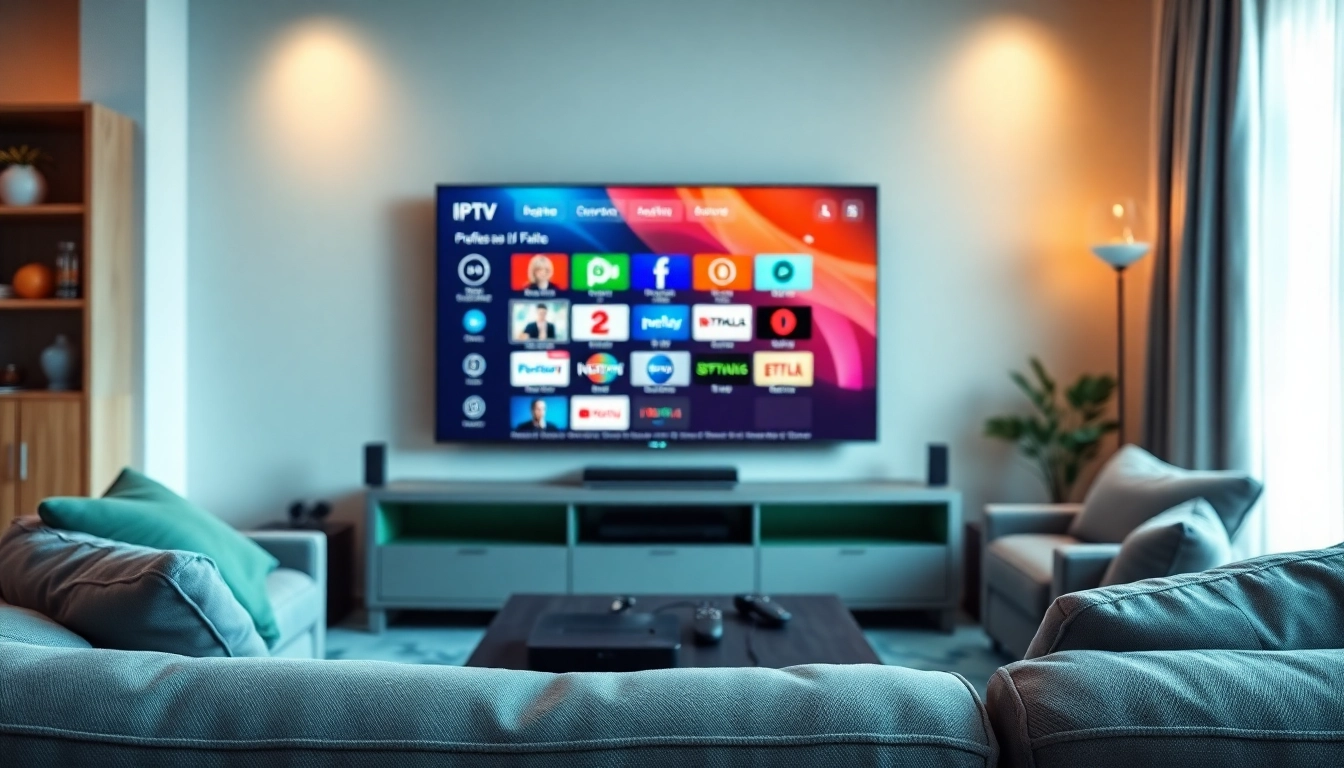Elevate Your Experience: The Best of Henderson Entertainment Awaits

The Vibrant Landscape of Henderson Entertainment
Henderson, Nevada, located just a stone’s throw away from Las Vegas, boasts a thriving entertainment scene that encompasses a wide array of options for residents and visitors alike. The local culture is rich with artistic endeavors, nightlife, and unique attractions that cater to diverse interests. From music festivals to family-friendly activities, the henderson entertainment landscape offers something for everyone. This article will take you on a journey through Henderson’s entertainment offerings, showcasing key attractions, popular venues, and diverse events that make this city a must-visit destination.
Understanding the Henderson Entertainment Scene
The entertainment scene in Henderson is defined by its mix of cultural richness and community engagement. Unlike the glitzy casinos and nightlife found on the Las Vegas Strip, Henderson provides a more laid-back atmosphere while still maintaining a vibrant social scene. Local theatres, parks, and music venues play a significant role in enriching residents’ lives and attracting visitors looking for a more intimate experience.
Henderson’s commitment to promoting local talent and cultural arts has established a community where creativity thrives. Events often showcase regional artists, musicians, and performers, reinforcing Henderson’s reputation as a supportive environment for talent. Whether you’re an art enthusiast, a music lover, or a foodie looking for an engaging evening, Henderson has you covered.
Key Attractions that Define Local Entertainment
In Henderson, local attractions serve as key pillars of the entertainment scene. Here are some noteworthy highlights:
- DragonRidge Country Club: Although primarily a golf club, this venue occasionally hosts events that blend leisure and entertainment, including live music nights and charity events.
- David W. Hogg Memorial Park: This park is home to community events such as outdoor concerts, movie nights, and seasonal festivals, providing fun for families and visitors.
- Henderson Pavilion: An open-air amphitheater perfect for larger concerts and events, where attendees can enjoy various performances under the stars.
- The Lion Habitat Ranch: A wildlife sanctuary that combines education with entertainment, featuring live shows and interactions with the resident lions.
Top Venues for Henderson Entertainment
Exploring the Best Live Music Venues
Live music is integral to the entertainment culture in Henderson. Venues like the Henderson Pavilion and nearby casinos offer diverse musical experiences, from rock and country bands to jazz and blues artists. The community embraces both established acts and up-and-coming local musicians.
Unique Outdoor Spaces for Events
Henderson’s climate allows for year-round outdoor entertaining, with spaces optimized for events throughout the seasons. Parks like the Water Street Plaza and Legacy Park provide scenic backdrops for community festivals, flea markets, and art shows, making them integral to the local entertainment landscape.
Iconic Theaters Showcasing Local Talent
The local theaters curate performances that highlight Henderson’s diverse arts scene. Venues such as the Henderson Convention Center feature plays, dances, and community events that emphasize local talent and provide artists with a platform to shine.
Types of Events and Experiences
From Concerts to Cultural Events
Henderson hosts a plethora of events catering to various tastes. Concerts by local and touring artists happen frequently, while cultural events often celebrate the city’s rich diversity. Festivals such as the Henderson Heritage Parade and the annual Fall Festival provide entertainment opportunities while encouraging community involvement.
Family-Friendly Activities in Henderson Entertainment
Henderson is particularly known for its family-oriented events, ensuring that entertainment is accessible to all ages. Popular activities include craft fairs, educational workshops, and outdoor movie nights, making it easy for families to bond over shared interests.
Nightlife Options for Different Ages
The nightlife scene in Henderson offers a balance between lively bars, relaxed lounges, and family-friendly options. Whether seeking vibrant dance clubs or quieter venues for conversation, visitors will find a range of choices to fit their mood and age demographic.
Planning Your Henderson Entertainment Experience
How to Find Upcoming Events
To stay updated on upcoming events, residents and visitors can turn to community calendars, social media pages dedicated to local entertainment, and city tourism websites. Subscribing to local newsletters can also help ensure you don’t miss out on any exciting happenings.
Getting Tickets and Reservations
Buying tickets for events or reserving spots at popular venues can typically be done online. Utilizing ticketing platforms or the official websites of venues simplifies the process and helps guarantee entry to highly anticipated events.
Tips for an Enjoyable Experience
When attending events in Henderson, consider arriving early to claim parking and grab the best seats. Embrace the local culture by engaging with vendors and artists at events, and share your experiences on social media to promote Henderson’s vibrant entertainment landscape.
Future Trends in Henderson Entertainment
Emerging Artists and New Venues
As Henderson continues to grow as an entertainment destination, new venues and showcases for emerging artists are becoming increasingly prominent. The city encourages innovation by providing platforms for fresh talent and unique artistic endeavors.
Innovative Entertainment Formats
With the rise of technology, new formats of entertainment are emerging, such as virtual concerts and interactive art exhibits. Henderson’s entertainment scene is likely to embrace these trends, offering more engaging experiences for audiences.
The Role of Technology in Enhancing Experiences
Technology will play a pivotal role in shaping the future of entertainment in Henderson. Augmented reality experiences and enhanced virtual engagement offer exciting possibilities, ensuring that the community remains at the forefront of entertainment innovation.








